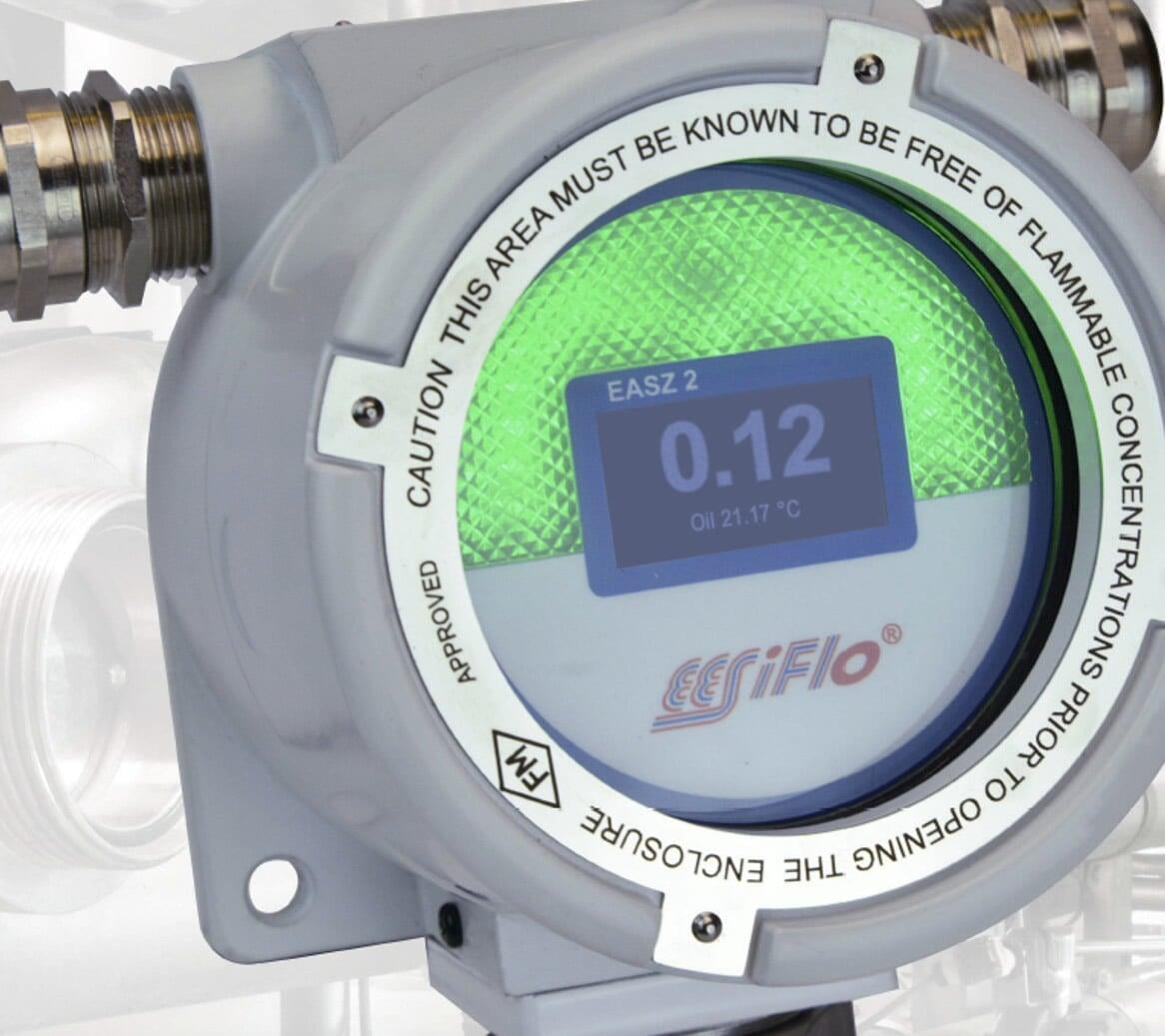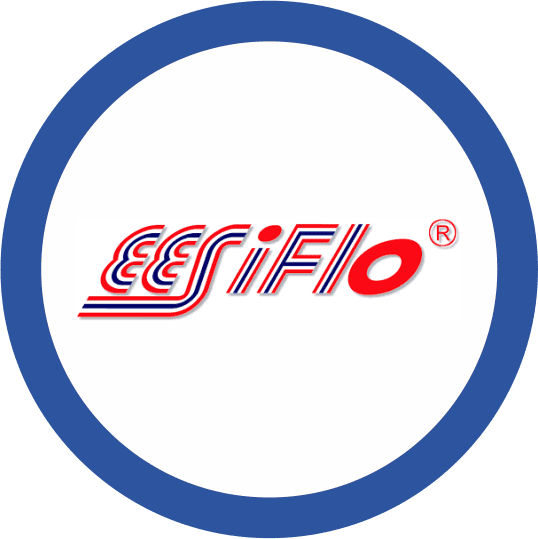Water Detection in Oil and Fuel
EASZ-2 online water in oil/fuel analyser
Water Fuel
EASZ-2 online water in oil/fuel analyser
Water Cut Meters - EASZ1 - Loop Powered
The EASZ-2 moisture in fuel detector is a modern development which performs highly repeatable and highly accurate online measurements of the water content in fuel with the option to transmit readings through traditional analog signals or Modbus.
In many instances, fuel is not normally supposed to contain any amount of moisture and quality checks/ manual sampling are not sufficient to determine contamination levels at all times. The EASZ-2 was designed to continually provide the user with the actual state of the fuel in real time. Armed with immediate real-time sensor data on the moisture contamination in a flow fuel stream, it is possible to correct process anomalies before they become too problematic.
Features
- Zone 1 – Explosive Atmosphere Certification
- Ability to measure low ranges of moisture in fuel
- Measurement of total water in fuel or hydrocarbons in ppm or percent
- Optional Loop powered outputs
- Direct Temperature reading of Fuel with compensation
- Immediate response to change in state of the fuel
- Low, Medium and High Ranges
Applications
- Diesel Contamination data collection
- Any Fuel Type
- Moisture in Hydrocarbons
- Gas Condensate quality
- Water in Fuel Emulsions
- Fuel Separator Control
- Thruster Sea Water Detection
“OFF THE SHELF” AND CUSTOM DESIGNED FUEL MONITORS
- The EASZ-2 is currently being manufactured and supplied to standard “off the shelf” applications but is not limited by its standard design. The product can be configured to meet additional requirements through the addition of add on boards and custom firmware. Consult EESIFLO to find out more on how we can be of assistance.

Water Cut Meters - EASZ1 - Loop Powered
The EASZ-2 moisture in fuel detector is a modern development which performs highly repeatable and highly accurate online measurements of the water content in fuel with the option to transmit readings through traditional analog signals or Modbus.
In many instances, fuel is not normally supposed to contain any amount of moisture and quality checks/ manual sampling are not sufficient to determine contamination levels at all times. The EASZ-2 was designed to continually provide the user with the actual state of the fuel in real time. Armed with immediate real-time sensor data on the moisture contamination in a flow fuel stream, it is possible to correct process anomalies before they become too problematic.
Features
- Zone 1 – Explosive Atmosphere Certification
- Ability to measure low ranges of moisture in fuel
- Measurement of total water in fuel or hydrocarbons in ppm or percent
- Optional Loop powered outputs
- Direct Temperature reading of Fuel with compensation
- Immediate response to change in state of the fuel
- Low, Medium and High Ranges
Applications
- Diesel Contamination data collection
- Any Fuel Type
- Moisture in Hydrocarbons
- Gas Condensate quality
- Water in Fuel Emulsions
- Fuel Separator Control
- Thruster Sea Water Detection
“OFF THE SHELF” AND CUSTOM DESIGNED FUEL MONITORS
- The EASZ-2 is currently being manufactured and supplied to standard “off the shelf” applications but is not limited by its standard design. The product can be configured to meet additional requirements through the addition of add on boards and custom firmware. Consult EESIFLO to find out more on how we can be of assistance.

EASZ-1
EASZ-2 Water in Fuel Sensor
The EASZ-1 oil/water monitor is a highly accurate online analyzer that is installed in a pipe and can be used as a BS&W (Basic Sediment & Water) monitor or a water cut meter.
Watercut meter measure the H2O content (percentage) of crude oils and similar liquids in a flowing stream. The American Petroleum Institute refers to this as OWD or On-Line Water Determination.
Ideal for applications for first ,second and third stage crude oil separators , crude oil transfer in pipelines and in tank truck terminals. The watercut is expressed as a percentage of water in the total fluid stream.
A BS&W monitor is primarily used in a LACT system where “off spec” crude oil is diverted. One of the reasons could be the presence of excess amounts of water in the crude oil
Water and Oil do not normally mix and gravitational separation causes oil to travel along the top of the pipe and the water to travel along the bottom creating a phenomenon called "bottom water". If this two part solution is not thoroughly mixed before it enters a watercut meter, it is very likely that watercut measurements will be inaccurate. In some cases it is possible that the water will be missed entirely.
EESIFLO International manufactures water-cut analyzers with built in integral mixing elements upstream of our EASZ-1 Water in Oil sensor, thereby creating a homogeneous mixture as it enters the sensing element. We also manufacture separate inline static mixers (EESIMIX) but the integral spool piece design is often preferred since a single spool piece will homogenize and analyze the fluid in one product. Optional sampling ports can be added downstream of the mixing elements as required.



